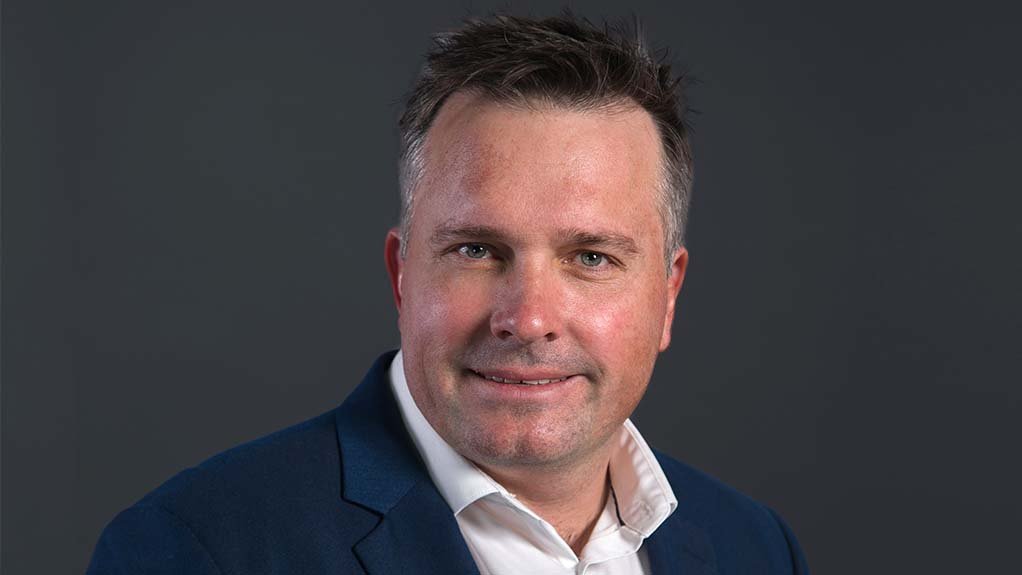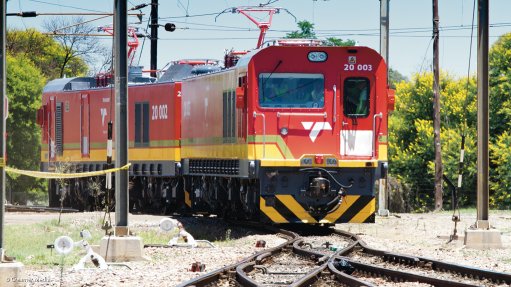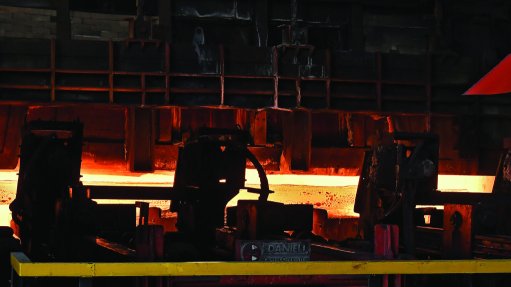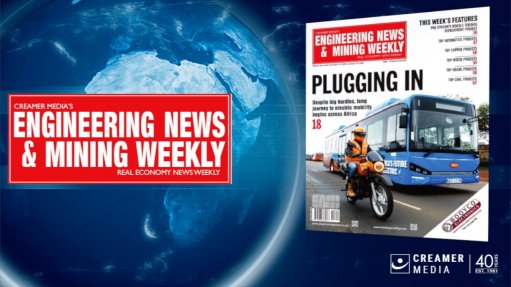Standard Bank seeks to access green finance for household renewable power systems
Financial services firm Standard Bank is investigating the use of edge certification frameworks for renewable energy systems in households to enable it to access international green funding that it can then lend on to households to accelerate the rate of installation of renewable energy systems.
Accessing sustainability, or green, finances requires certification and there is low penetration of edge certifications in homes older than five years, which makes it difficult for the bank to provide the required assurances to access green finances for household projects, says Standard Bank homeowners' advice and services platform LookSee executive head Marc du Plessis.
LookSee offers residents in the Cape Town, Durban and Johannesburg areas a solar score service, which uses satellite-based light detection and ranging to analyse roof direction, roof area, roof slope and horizontal irradiation to assess the solar feasibility for homes.
However, along with a partner on the LookSee platform, Standard Bank is now investigating developing a solar penetration analysis tool. This will enable the bank to identify the rate at which homes that are part of the bank's home loan book have adopted renewable energy systems and the potential output more solar systems will provide, and then developing offerings to support uptake.
"The big question, after we identify how many solar panels are on how many roofs, is how we can get homes to a certified or certifiable state so that we, as a financial organisation, can tap into sustainable financing to access funds that we can deploy to reduce costs for households and encourage them to transition to using more renewable energy," he explains.
One of the drivers behind the steady increase in demand in South African households for renewable energy systems currently is home life comfort rather than an overt aim to reduce energy-linked greenhouse-gas emissions to combat climate change.
However, if 2 800 to 3 000 households install solar-based systems with an average of 10 panels per house, which tend to be in the 5 kW, 8 kW and 12 kW sizes, this would be comparable to a 10 MW solar power plant being built, he highlighted.
"A greenfield solar plant of this size would take up around 20 ha of land space. But, households have lots of space on rooftops that can be used to help the country to reduce its carbon-intensity and achieve its climate action goals," Du Plessis notes.
Being able to estimate the penetration rate of solar of homes on its home loan book will enable the bank to estimate the macroeconomic impact of greater adoption of solar energy systems, and derive the information required to structure finance agreements, he adds.
"While early analysis helps to indicate trends, such as an analysis identifying growth of 40% of the use of solar systems within one suburb over two years, the data required to do this across our loan book is not there yet," he says.
Further, the bank has seen a normalisation in the demand trend for renewable energy systems following a spike in demand during the first quarter of the year. However, the demand for renewable energy systems is continuing to trend upwards, as the market matures.
This maturity in the market has been aided by renewable energy installation companies and service providers making it easier for individuals to understand the core considerations of the technologies and what information is required for them to make informed decisions about what size system to install, he points out.
Standard Bank has seen an uptake of advances on home loans among its clients to fund solar-based electricity systems. However, it encourages clients who make use of this to pay down the portion of the loan linked to the system more quickly because the life of the system is less than the average bond term for a home loan.
"Households that install solar electricity systems will see a reduction in their monthly electricity bills, which they can spend on extra goods and services or they can use to directly pay down the solar system. These decisions are part of their personal finance management," Du Plessis says.
Additionally, the impact of these systems on the value of the houses and their insurance profiles is also being determined by banks and the insurance industry, he notes.
"For example, we have seen that such systems help houses to retain their value and to achieve closer to their asking price when sold compared with houses that do not have such systems installed."
Importantly, an electrical certificate of compliance is required before the system is installed, and the bank can help households to get a certified installation via LookSee. Installers must also provide households with a supplementary certificate of compliance after the installation, he adds.
Meanwhile, Standard Bank considers the households on its loan book as a strategic segment that it can work with to help retrofit houses with renewable energy systems.
"We have a strategic role to play in decarbonising this group of customers and helping them make the transition to using more clean energy.
"Part of this is behavioural changes to make most effective use of renewable energy-based systems, although the technologies being deployed provide users with detailed information about their energy use, which helps to inform behavioural changes," he says.
Renewable energy systems are also typically modular, and this is a key consideration when selecting the size of a system. This means households can add more capacity as and when they are able to or require more capacity.
This modularity also presents good prospects as more parts of the economy are electrified and decarbonised, such as when the use of electric vehicles becomes more common among citizens and can be charged at home and used as supplementary energy storage, Du Plessis adds.
Comments
Press Office
Announcements
What's On
Subscribe to improve your user experience...
Option 1 (equivalent of R125 a month):
Receive a weekly copy of Creamer Media's Engineering News & Mining Weekly magazine
(print copy for those in South Africa and e-magazine for those outside of South Africa)
Receive daily email newsletters
Access to full search results
Access archive of magazine back copies
Access to Projects in Progress
Access to ONE Research Report of your choice in PDF format
Option 2 (equivalent of R375 a month):
All benefits from Option 1
PLUS
Access to Creamer Media's Research Channel Africa for ALL Research Reports, in PDF format, on various industrial and mining sectors
including Electricity; Water; Energy Transition; Hydrogen; Roads, Rail and Ports; Coal; Gold; Platinum; Battery Metals; etc.
Already a subscriber?
Forgotten your password?
Receive weekly copy of Creamer Media's Engineering News & Mining Weekly magazine (print copy for those in South Africa and e-magazine for those outside of South Africa)
➕
Recieve daily email newsletters
➕
Access to full search results
➕
Access archive of magazine back copies
➕
Access to Projects in Progress
➕
Access to ONE Research Report of your choice in PDF format
RESEARCH CHANNEL AFRICA
R4500 (equivalent of R375 a month)
SUBSCRIBEAll benefits from Option 1
➕
Access to Creamer Media's Research Channel Africa for ALL Research Reports on various industrial and mining sectors, in PDF format, including on:
Electricity
➕
Water
➕
Energy Transition
➕
Hydrogen
➕
Roads, Rail and Ports
➕
Coal
➕
Gold
➕
Platinum
➕
Battery Metals
➕
etc.
Receive all benefits from Option 1 or Option 2 delivered to numerous people at your company
➕
Multiple User names and Passwords for simultaneous log-ins
➕
Intranet integration access to all in your organisation



















